Where is it? Mariana is a municipality located in the state of Minas Gerais, in the Southeast region of Brazil. According to the 2022 census, its population was 61,387 inhabitants, though the actual population is estimated to fluctuate around 30,000.
The municipality is divided into nine districts, which are primarily engaged in agricultural and handicraft activities.
How to get there? To get to Mariana from Belo Horizonte, there are several options. If you’re departing from Confins Airport, the best option is to take a bus that drops you off inside the Belo Horizonte bus station. The company offering this service is “Conexão Aeroporto,” which provides hourly buses. Once you arrive at the Belo Horizonte bus station, head to the “Pássaro Verde” counter, the only company that operates buses to Mariana, and purchase your ticket.
The best way to explore Mariana is on foot. The city’s main attractions, such as the colonial houses and baroque churches, are located in the Historic Center.
Mariana's History: The history of Mariana is marked by a period of discovery, religiosity, artistic prominence, and the search for gold. It reflects the pioneering spirit of a region that, for three centuries, has preserved riches dating back to Brazil’s colonial era.
On July 16, 1696, São Paulo bandeirantes, led by Salvador Fernandes Furtado de Mendonça, discovered gold in a river they named Ribeirão Nossa Senhora do Carmo. On its banks, the settlement of Nossa Senhora do Carmo was established, quickly assuming a strategic role in the power dynamics driven by gold. The settlement became one of the primary suppliers of gold to Portugal and was soon elevated to the status of the first village in the Captaincy of São Paulo and Minas de Ouro. It also became the first capital of the region.
In 1711, the settlement of Nossa Senhora do Carmo was elevated to the Vila de Nossa Senhora do Ribeirão do Carmo. In 1745, King Dom João V of Portugal granted it city status, renaming it Mariana in honor of his wife, Queen Maria Ana of Austria.
Mariana also became the religious center of the state, as it was designated the seat of the first bishopric of Minas Gerais. To fulfill this role, Bishop Dom Frei Manoel da Cruz was sent from Maranhão. His journey, completed entirely over land, lasted one year and two months, a remarkable achievement during Brazil’s colonial period.
An urban plan for Mariana was developed by Portuguese military engineer José Fernandes Pinto de Alpoim. The city’s layout, characterized by straight streets and rectangular squares, made it the first planned city in Minas Gerais and one of the first in Brazil.
Climate: The climate in Mariana varies greatly. During the summer, the city experiences heavy rainfall, while in winter, the weather is generally pleasant most of the time.






